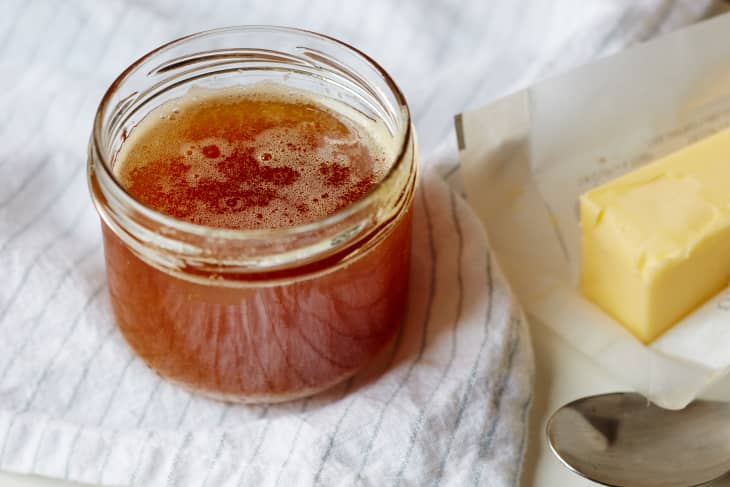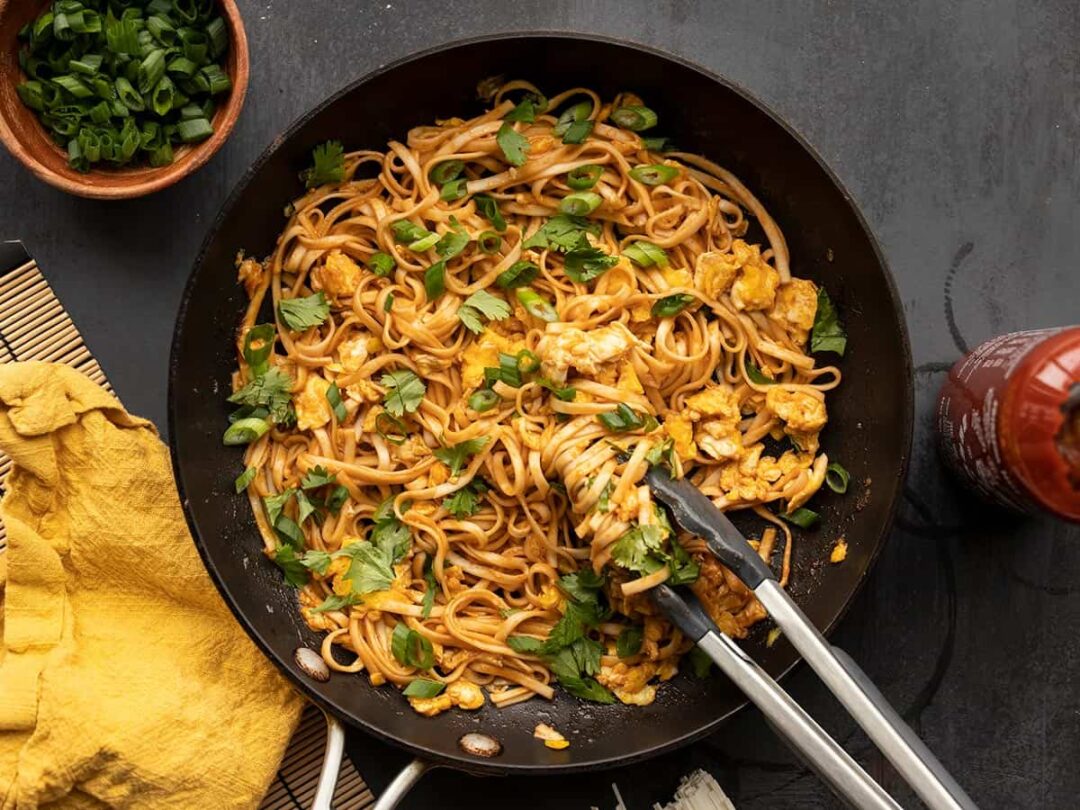Brown butter adds that extra special je ne sais quoi to your recipes, as I mentioned in my Maple Brown Butter Mashed Sweet Potatoes recipe.
In addition to that, it requires no fancy tools or special ingredients to accomplish this task, which is the best part of all.
You will not only be able to get enough of the deliciously deep, nutty butter that you will be able to make with just the regular butter you have in your fridge plus a few minutes in a skillet, and you will not be able to resist it.
How to Make Brown Butter Sauce
Rather than doing a separate tutorial for making brown butter, I would like to give you all the details so you can see just how easy it is.
Also, I have a few suggestions to help you get your creative wheels started on using your brown butter, so go ahead and take a look. There isn’t anything you can’t add it to.
It goes great with just about everything. In light of the fact that I am just getting started on my brown butter journey, I thought I would give you a few examples from other bloggers of how to use brown butter.
Skip over the “brown butter” in the description as you read back over that list. You don’t think that sounds nearly as amazing, do you? The flavor of brown butter enhances a recipe, I’m telling you.
I’ll walk you through the process, so let’s get started.
Step-by-Step Photos

The first thing you’ll want to do is add several pats of butter to a light-colored skillet. You won’t be able to see the butter’s color change on dark surfaces, like cast iron or teflon.
Ensure that you divide the butter into pieces of equal size so that they melt at a consistent rate while you are cooking. Over a medium-low heat, melt the butter in a small saucepan.
There is no need to use salted butter if you don’t need it, and you can use unsalted butter if you want to. You should be aware that salted butter tastes slightly saltier when it is finished.
I think it’s never a bad idea to a little extra, since you can totally store it and use it in other recipes.

After the butter has heated and started to sizzle, it will begin to foam as the heat is intensified. It is important to stir the butter frequently during the cooking process.

Once the butter solids (proteins) settle to the bottom of the skillet, they will begin to get a hint of color after a couple of minutes.
The moment you see that they’re starting to turn a slightly golden color, it’s time to start paying close attention, as they’ll begin to brown quickly.
If you’re new to brown butter, I suggest cooking it low and slow in order to slow down the browning process. It doesn’t take long for your brown butter to brown if you’re a pro. Use medium high or even slightly higher heat if you’re experienced.

In order to prevent hot spots from browning the butter unevenly, stir the butter frequently as the color develops quickly. During cooking, the foam will also start to subside.

It is important to note that brown butter has different levels of intensity. It is a personal preference whether you like it light or dark (The French have a word for it called beurre noir if you want it dark).
By the time the nuttiness has been released from the nut you will be able to smell its delicious scent. There is a distinct smell of caramel mixed with toasted nuts that makes it seem like a mix of both. My mouth is watering as I write this, but let me go a bit further.

My favorite place to stop is when I see this deep golden color. It is deep, nutty, and rich in flavor. On medium-low, it took about 4-5 minutes for the butter to get to this point.
The amount of time it takes depends entirely on the heat level. In either case, it’s a relatively quick process. To prevent the residual heat from the skillet from browning it further, transfer it immediately to another container once it has been browned.

In addition, when you are pouring the brown butter into a different container, try to throw away any of the solids that are left in the skillet.
Cooking with butter will result in the solids of the butter browning further and even risking burning, if you end up using it in cooking.
If you pour off the golden liquid from the top and store it in the refrigerator, you can use it whenever you need it, just like you would use ghee, as it can be stored and used as needed.
The way to make brown butter is so quick and simple, isn’t it? What have you used brown butter for, for what dishes, share with us in the comment section for everyone to read and refer to.







